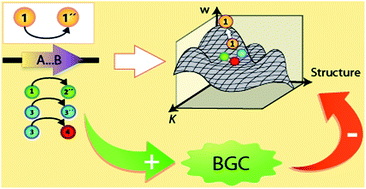Evolutionary dynamics of natural product biosynthesis in bacteria
Abstract
Covering: 2008 up to 2019
The forces of biochemical adaptive evolution operate at the level of genes, manifesting in complex phenotypes and the global biodiversity of proteins and metabolites. While evolutionary histories have been deciphered for some other complex traits, the origins of natural product biosynthesis largely remain a mystery. This fundamental knowledge gap is surprising given the many decades of research probing the genetic, chemical, and biophysical mechanisms of bacterial natural product biosynthesis. Recently, evolutionary thinking has begun to permeate this otherwise mechanistically dominated field. Natural products are now sometimes referred to as ‘specialized’ rather than ‘secondary’ metabolites, reinforcing the importance of their biological and ecological functions. Here, we review known evolutionary mechanisms underlying the overwhelming chemical diversity of bacterial secondary metabolism, focusing on enzyme promiscuity and the evolution of enzymatic domains that enable metabolic traits. We discuss the mechanisms that drive the assembly of natural product biosynthetic gene clusters and propose formal definitions for ‘specialized’ and ‘secondary’ metabolism. We further explore how biosynthetic gene clusters evolve to synthesize related molecular species, and in turn how the biological and ecological roles that emerge from metabolic diversity are acted on by selection. Finally, we reconcile chemical, functional, and genetic data into an evolutionary model, the dynamic chemical matrix evolutionary hypothesis, in which the relationships between chemical distance, biomolecular activity, and relative fitness shape adaptive landscapes.

- This article is part of the themed collection: Celebrating Latin American Talent in Chemistry


 Please wait while we load your content...
Please wait while we load your content...